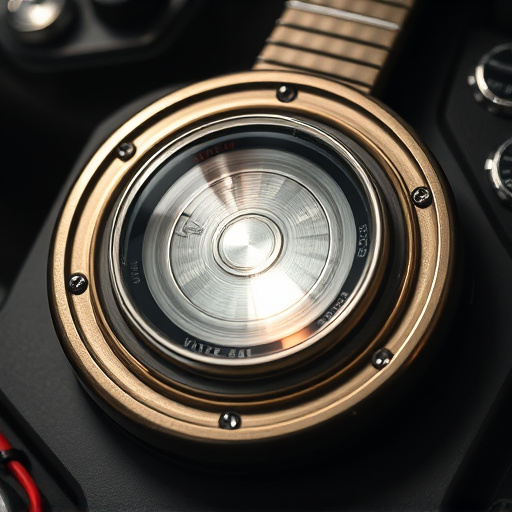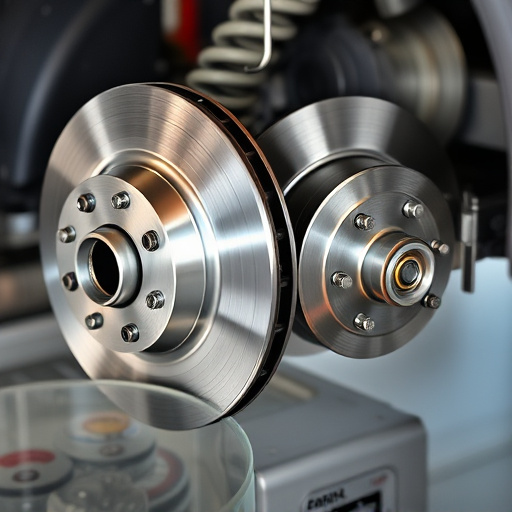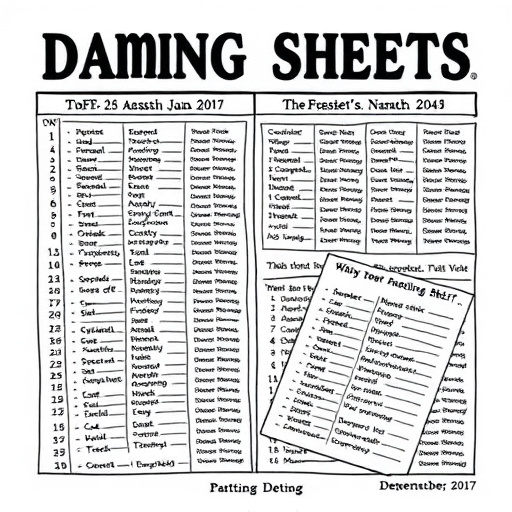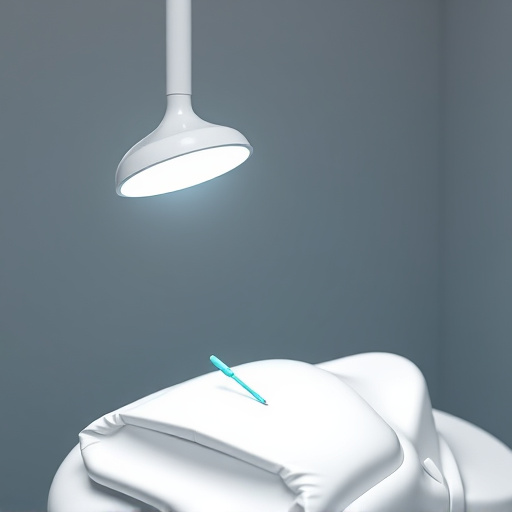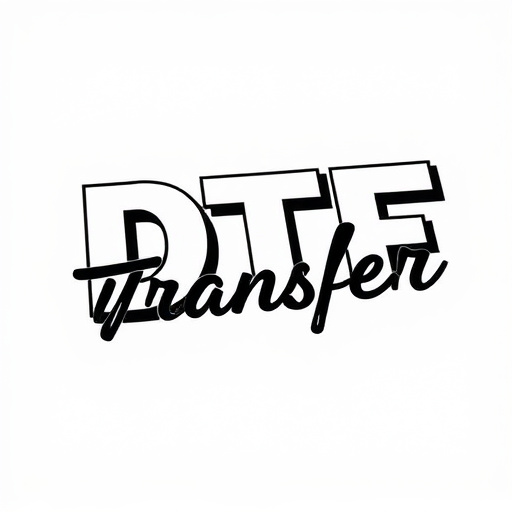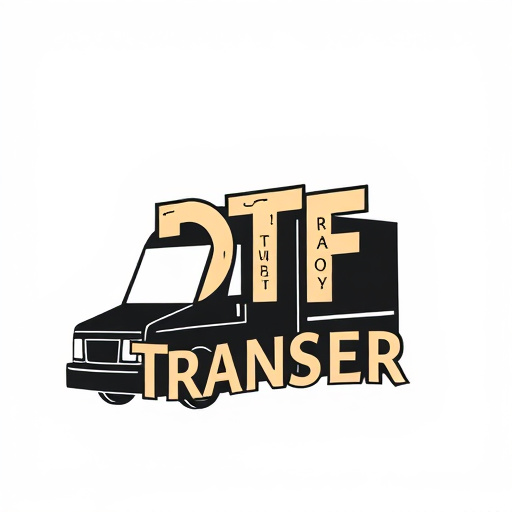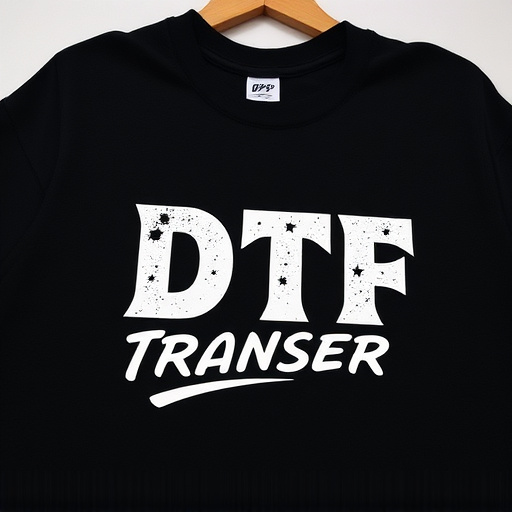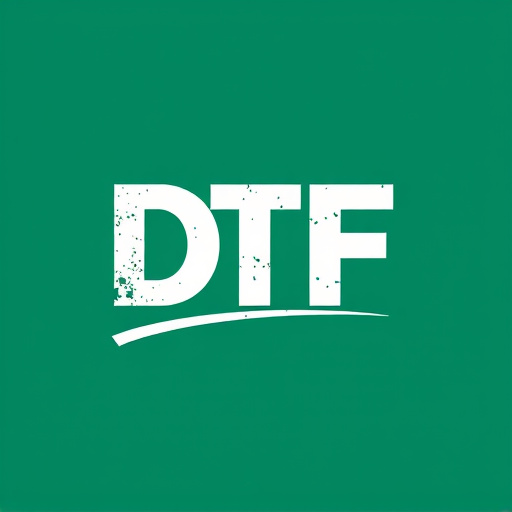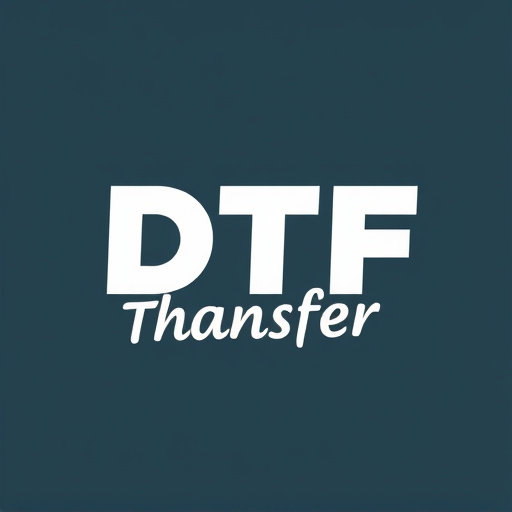Direct-to-Film (DTF) transfer printing has revolutionized custom design with its versatility and efficiency. This digital process creates exceptional detail and vibrant prints on diverse materials using a thermal or UV printer. Traditional screen printing, while offering excellent color accuracy and durability, involves setting up physical screens and is better suited for bulk orders and complex designs. DTF excels in small batches and reproduces intricate details meticulously. Each method caters to different production needs, budgets, and print quality requirements, making them complementary choices in the print industry.
In the realm of printing, Direct-to-Film (DTF) transfer has emerged as a modern alternative to traditional screen printing methods. This innovative process promises swift, high-quality results, especially for complex designs and varied print media. However, understanding the nuances between DTF transfers and conventional screen printing is crucial for businesses aiming to optimize their production.
This article delves into the intricacies of both techniques, comparing their processes, quality, applications, and cost, ultimately guiding readers in making informed choices for their specific needs, whether it’s the vibrancy of DTF prints or the versatility of traditional methods.
- Understanding Direct-to-Film (DTF) Transfer: A Modern Approach
- Traditional Screen Printing Method: The Classic Technique
- Process Comparison: DTF vs. Traditional Methods
- Quality and Detail: Who Comes Out on Top?
- Applications and Use Cases for Each Method
- Cost Analysis: Weighing the Pros and Cons
Understanding Direct-to-Film (DTF) Transfer: A Modern Approach
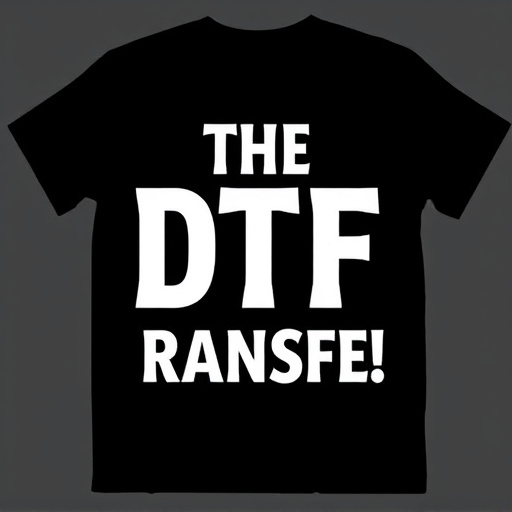
Direct-to-Film (DTF) transfer is a modern printing approach that has revolutionized the way we create custom prints and designs. Unlike traditional screen printing methods, DTF involves transferring ink directly onto various materials using a digital print head. This process allows for incredibly detailed and vibrant DTF prints, making it a popular choice for both small-scale projects and mass production.
With DTF transfer, designers can easily achieve intricate patterns, complex imagery, and even subtle gradients without the need for separate screens or elaborate setup. The technology enables fast turnaround times, making it an efficient solution for those seeking prompt DTF printing services. This modern approach has opened up new possibilities, especially in clothing design, allowing for unique, personalized garments with precise and high-quality artwork reproduction.
Traditional Screen Printing Method: The Classic Technique

The traditional screen printing method is a classic technique that has been around for decades, offering a straightforward and reliable approach to creating custom prints. This process involves setting up a silk or polyester mesh stretched tightly over a frame, which is then coated with a photosensitive emulsion. The design to be printed is transferred onto the screen using a film positive, exposing the emulsion to light. After exposure, the unexposed emulsion is washed away, leaving open areas in the mesh corresponding to the desired print pattern. Ink is then pushed through the screen onto the substrate below, resulting in crisp, vibrant DTF prints. This method is highly versatile, suitable for a wide range of materials and ink types, making it a go-to choice for many printing projects.
Compared to newer direct-to-film (DTF) transfer methods, traditional screen printing offers a more hands-on experience and allows for greater control over the printing process. It is particularly advantageous for producing high-quality, long-lasting DTF transfers on various surfaces, ensuring durable and precise prints. This classic technique continues to be beloved by professionals and hobbyists alike for its ability to deliver consistent results and its enduring place in the world of printing.
Process Comparison: DTF vs. Traditional Methods

Direct-to-film (DTF) printing and traditional screen printing are two distinct methods with unique advantages and applications. The DTF process involves transferring designs directly onto a substrate using a thermal or UV printer, eliminating the need for a physical screen. This modern approach streamlines production, making it faster and more efficient, especially for smaller print runs or custom designs. Designs can be easily edited and updated without creating new screens, which is particularly advantageous for on-demand printing and quick turnaround projects.
In contrast, traditional screen printing relies on setting up a screen with the design, requiring a more intricate setup process. This method is highly versatile, suitable for bulk orders and complex art with fine details. While it may take longer to set up, traditional screening offers exceptional ink penetration and vibrant color accuracy, making it ideal for creating bold, long-lasting prints. The choice between DTF and traditional screen printing depends on factors like project size, desired turnaround time, and the level of detail required in the final DTF prints or screenings.
Quality and Detail: Who Comes Out on Top?

When comparing direct-to-film (DTF) transfer and traditional screen printing, one of the primary considerations is the quality and detail of the final prints. DTF printing uses a digital process to apply ink directly onto various materials, offering exceptional precision and fine line details that can be challenging for traditional screen printing to match. The advanced technology behind DTF transfers enables the reproduction of intricate designs with remarkable clarity, making it a top choice for high-quality graphics.
On the other hand, while traditional screen printing has long been renowned for its vibrant colors and durability, it may not compete with the level of detail achievable through DTF methods. The screen printing process involves creating a stencil on a fine mesh, which can sometimes result in slightly blurred edges or reduced precision, especially when dealing with very small or complex designs. In terms of DTF prints, the focus on digital accuracy ensures that every element of the design is rendered with meticulous care, making it the preferred method for those seeking superior quality and detail in their final artwork.
Applications and Use Cases for Each Method
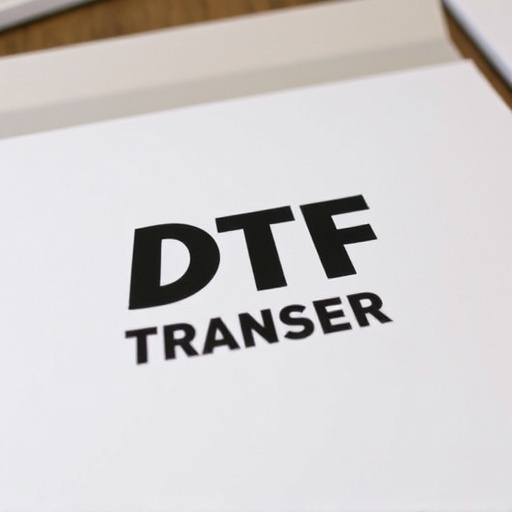
Direct-to-film (DTF) transfer and traditional screen printing are two distinct methods with unique applications. DTF transfer is a modern approach that has gained popularity for its versatility and efficiency. It’s ideal for creating custom prints on various materials, including textiles, paper, wood, and metal. This method is particularly useful for small batch productions, allowing designers to quickly adapt designs and cater to individual customer preferences. For instance, it excels in producing high-quality, full-color prints on t-shirts, posters, and promotional items.
In contrast, traditional screen printing remains a go-to method for larger-scale production runs, especially when dealing with more robust materials like fabric and ceramics. It’s renowned for its ability to create vibrant, long-lasting prints with excellent color saturation. Screen printing is commonly used in apparel manufacturing, creating iconic designs on clothing lines, as well as in industries such as signage and advertising for durable outdoor banners and posters. Each method offers distinct advantages, catering to different production needs and budget constraints.
Cost Analysis: Weighing the Pros and Cons

Direct-to-film (DTF) transfer printing offers an intriguing alternative to traditional screen printing methods. One of its key advantages lies in cost efficiency, especially for smaller runs or one-off projects. DTF uses a digital process where designs are printed directly onto a transfer paper, which is then applied to the garment. This approach eliminates the need for creating screens and the associated costs, making it more accessible for businesses and individuals looking to produce custom prints without breaking the bank.
However, traditional screen printing has its own set of cost benefits, particularly at higher production volumes. Setting up a screen printing press involves an initial investment in equipment and materials, but this can be offset by the longevity of screens, which can be reused for multiple jobs. Moreover, the quality and vibrancy of colors achieved through screen printing are often superior, ensuring that DTF prints may require higher material costs to match. Ultimately, the choice between DTF and traditional methods depends on factors like production volume, desired print quality, and budget constraints.

